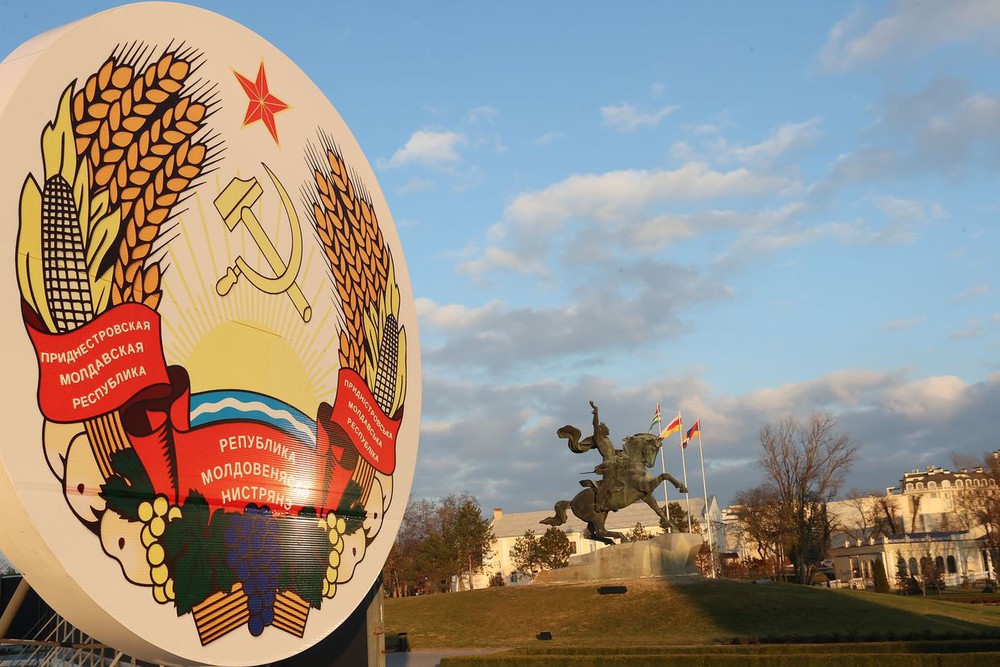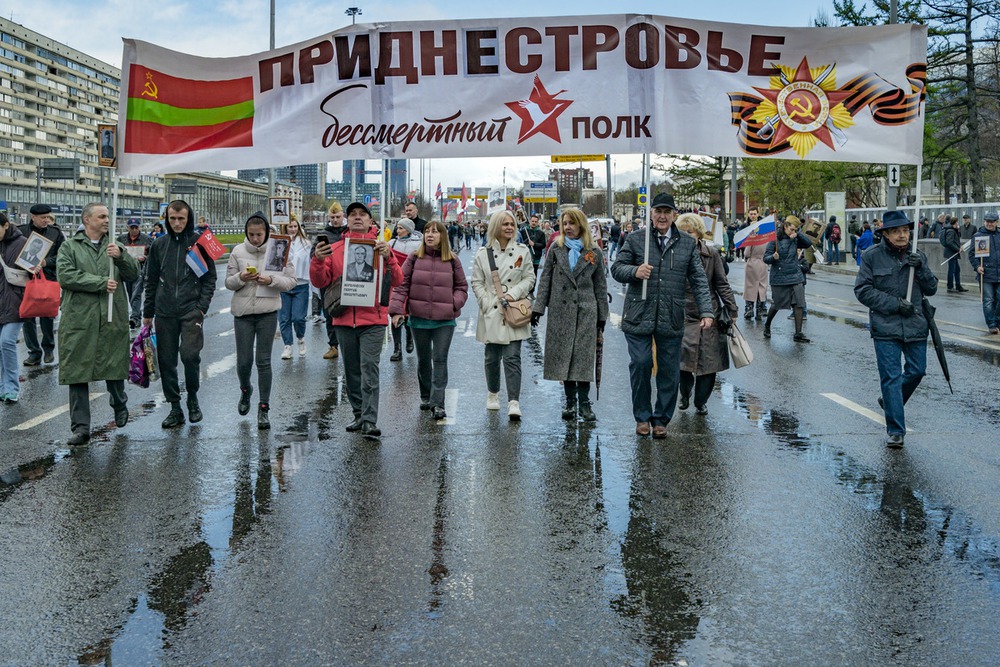A series of explosions have been recorded in Tiraspol, the capital of Transnistria, the breakaway region of Moldva, since the end of April. In addition, several gunshots were heard in the Transnistrian border area near the Ukrainian border, which has been the scene of conflict for nearly three months.
Several important military and infrastructure buildings in Transnistra were attacked, including the Ministry of Security, a television and radio center, as well as the largest ammunition depot in Eastern Europe. The issue of Transnistria has simmered on the margins of global politics since the conflicts in the region were resolved on July 21, 1992 and a ceasefire was signed.
The shelling
The region of Transnistria, also known as the breakaway Moldavian Pridnestrovian Republic (PMR), was one of the first regions in Europe to be placed on high alert after Russia began a special military operation. in Ukraine in February. The majority of residents in the region take a pro-Moscow stance, and since the early 1990s, Transnistria has severed ties with Moldova. Instead, the region relies heavily on the Kremlin’s backing. However, geographically, Transnistria is located near southwestern Ukraine, bordering Odessa and Vinnitsa.

Monument to Alexander Suvorov at Catherine Park in Tiraspol. Photo: Getty
Since these early military campaigns, provocations may occur in this breakaway region. On April 25, explosions were recorded in the area of the Ministry of Security of Transnistria. The incident led to a fire in the building that broke the windows of nearby buildings but fortunately there were no casualties. While emergency services dealt with the damage, regional authorities were trying to find out who was behind the attack. In the end, they concluded that those responsible for the incident were those who wanted to drag Transnistria into the Russo-Ukrainian conflict.
Then one day, on April 26, a military airport at Tiraspol was attacked and two antennas in Mayak, where the Transnistrian television and radio center is located, were also targeted. According to bloggers in Transnistria, these two antennas belong to the Russian Broadcasting and Radio Networks.
After the series of explosions, the Transnistria Security Council raised the threat of terrorism to the highest level and pledged to “take urgent measures to allow the authorities to evacuate people, provide treatment victims, psychological counseling and help secure the property if the owner leaves”.
The head of the region, Vadim Krasnoselsky, said he believes Ukrainian forces are behind the sabotage. Specifically, Mr. Krasnoselsky commented: “We know where the terrorists came from and where they went after that. I assure you, they have nothing to do with the Transnistria problem.” However, the Ukrainian side has denied involvement in these attacks.
The local government then had to cancel the Victory Day celebration on May 9 to avoid the risk of an attack. They banned fireworks and asked people not to bring flowers to the graves of Soviet soldiers. Explaining this decision, Mr. Krasnoselsky said: “It’s not safe to hold gatherings in certain locations.”
Despite all security measures taken, the situation in Transnistria is still evolving in a tense direction. On April 27, it was reported that VOG-25 grenade launchers were used to fire on military depots in Kolbasna, where Russian peacekeepers are stationed. The Regional Investigative Committee then concluded that the attack was carried out from Ukrainian territory.
Increased tension
The conflict in Transnistria dates back to 1992 after the dissolution of the Soviet Union. At that time, Transnistria was part of the Moldovan Soviet Republic. It was a densely populated Russian-speaking region and today is a breakaway republic located between Moldova and Ukraine. Issues related to the de-icing of the conflict in Transnistria have been discussed for many years.
This issue was discussed in 2014, after the annexation of Crimea by Russia and the outbreak of conflict in Donbass, eastern Ukraine. Half of Transnistria’s 500,000 residents are Russian nationals, and regional authorities have adapted the legislation to Russian law since 2016 to create a stepping stone for future integration.

People carrying Transnistrian banners participate in the Victory Day Immortal Regiment memorial parade in Moscow (Russia). Photo: Getty
This development brought Ukraine and Moldova closer together and increased political and military pressure on the government in Transnistria. By 2022, the risk of escalation has increased after Russia’s special military operation. But from the statements of both Moldova and Transnistria, neither of them want to be dragged into the current conflict.
Addressing the people of Ukraine, especially in the Vinnitsa and Odessa regions, on February 26, Krasnoselsky said that rumors of a threat coming from Transnistria were only a “provocation”. He asserted: “I fully believe that everyone who has spread this misinformation has absolutely nothing to do with the conflict or is just trying to cause trouble. Don’t believe the rumors spread by shady people and troublemakers. transmission, stay awake and support those in need.”
Meanwhile, Moldova’s response to the string of attacks recorded in Transnistria has been relatively conservative.
Speaking to the media after a meeting of the Supreme Security Council on April 27, Moldovan President Maia Sandu said that for the escalation of tensions was “pro-war forces” in the region, who who “wants to destabilize the situation”. Moldovan Defense Minister Anatolie Nosatii stressed that the country’s authorities are monitoring events and trying to find ways to avoid escalation.
Moldova is doing its best to stay out of the Ukraine crisis and the current tense situation is a major concern for both the government and the public. The Moldovan Information and Security Service released a statement urging people to stay calm and not to spread unverified information. Statement if: “It is important to stop the spread of fake news that promotes hatred and war.”
Not only Moldova and Transnistria, the European Union (EU) also expressed concern about recent developments in this region. Accordingly, EU diplomats called on all parties to remain calm and refrain from aggressive actions and decided to increase support for Moldova. Some countries have even recommended that their citizens leave the territory of Transnistria or avoid visiting the region due to the worsening security situation.
at Blogtuan.info – Source: Soha.vn – Read the original article here



